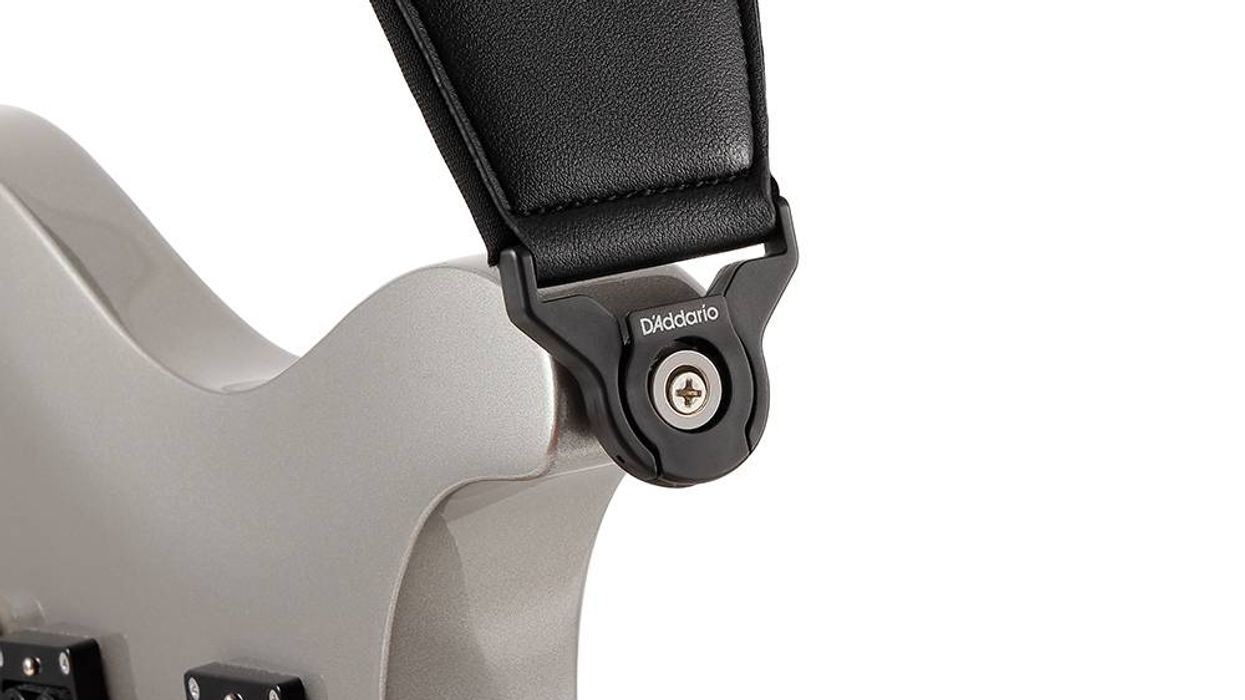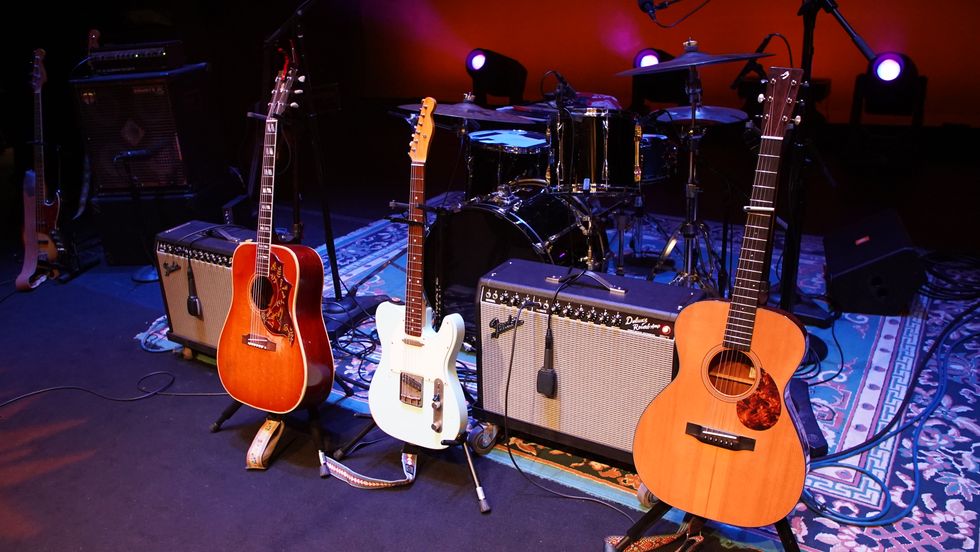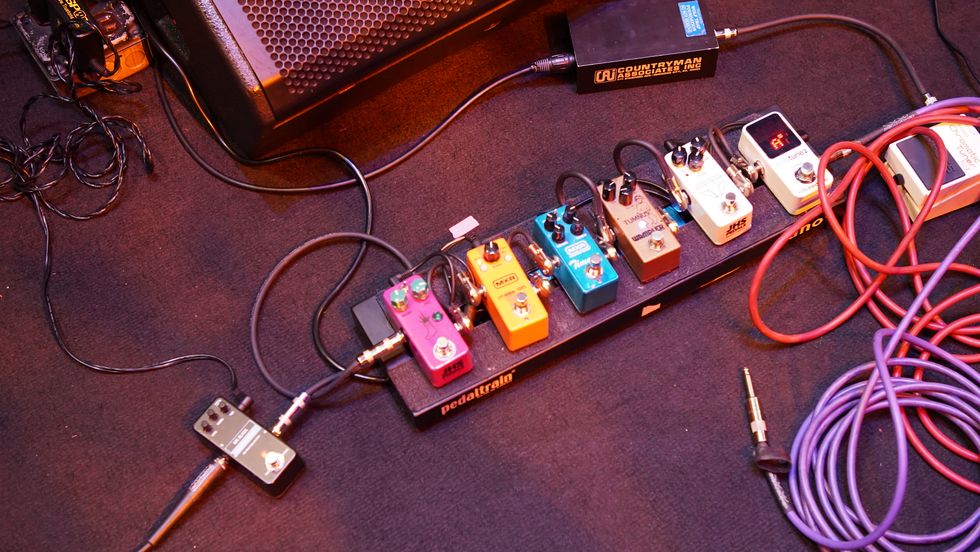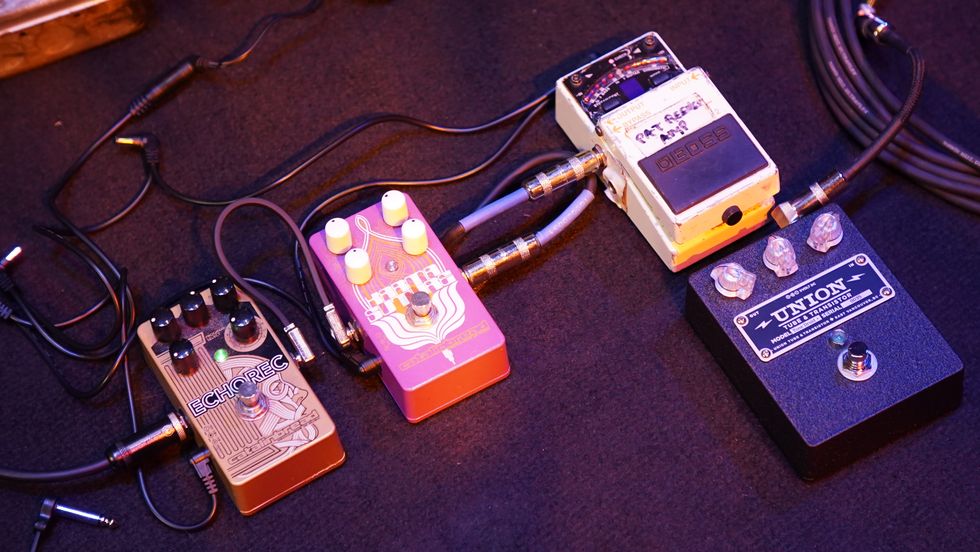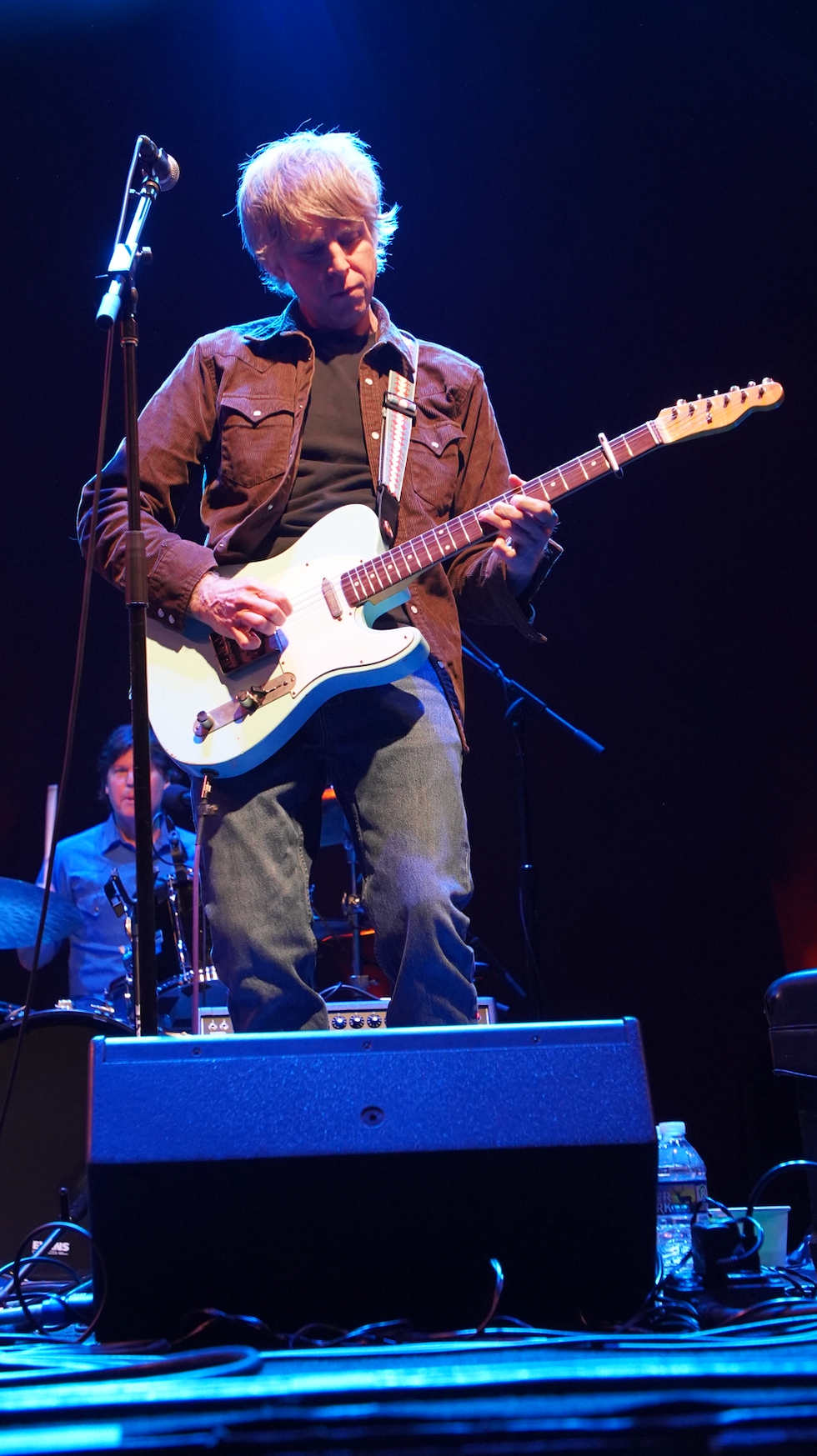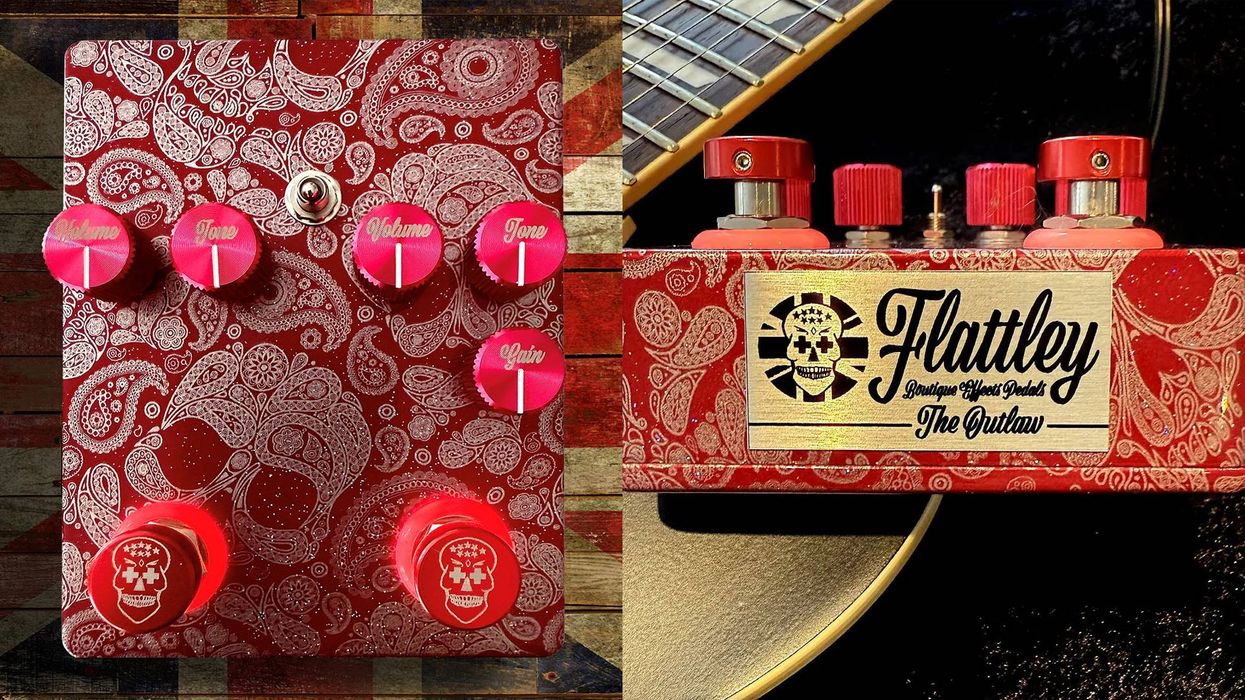A couple of news items are bringing attention to something Premier Guitar readers take very seriously: guitar design. There is an art and a science to it and sometimes one element is stronger than the other, but every now and then both come together and history is made.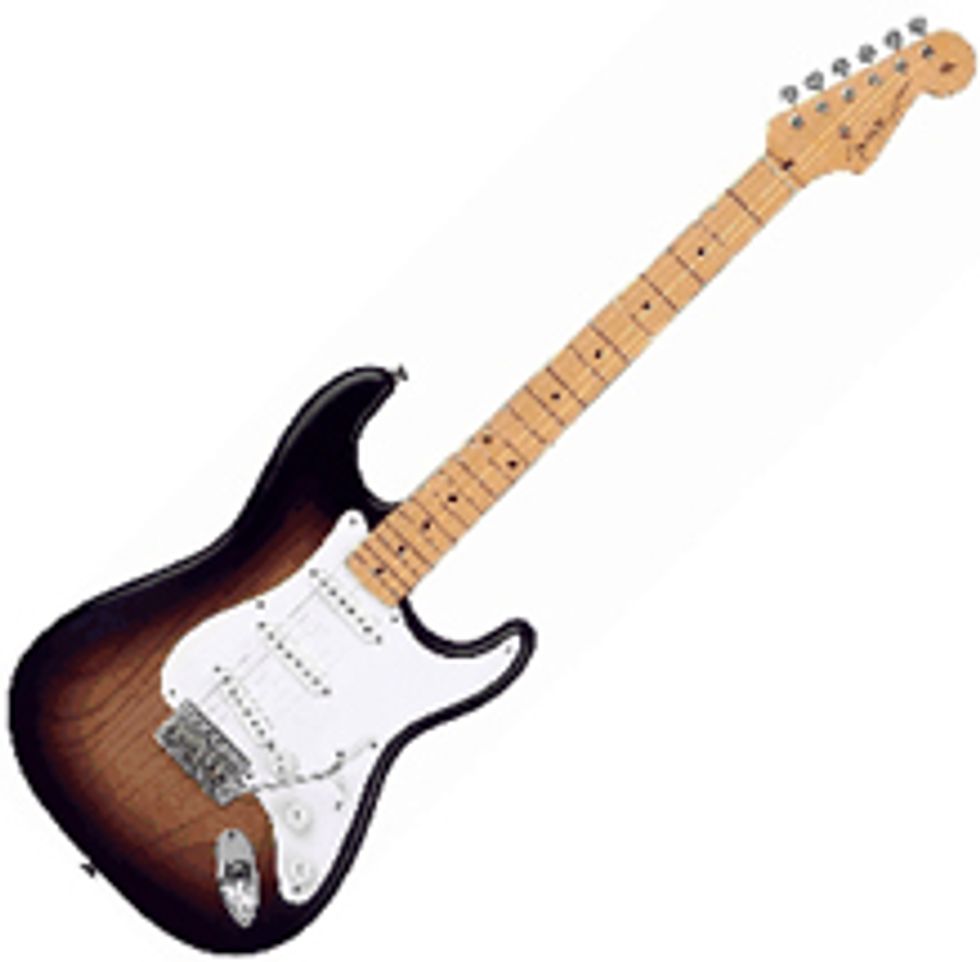
In anticipation of National Design Week (October 14-20), The Cooper-Hewitt National Design Museum is promoting its National Design Awards, which include the popular People''s Design Award. The PD Award gives people a chance to weigh in on what "good" design is all about. A number of products, graphic design layouts, buildings, etc. are competing for internet votes in a free-for-all competition. Anyone can go to the website and vote. The idea is to recognize and appreciate quality design for what it is -- an intuitive though nebulous concept that doesn''t require you to physically engage with or understand the items in question before voting. Sometimes you can simply look at something, new or old, and know that its design is flawless.
Not surprisingly, some guitars are among the leading vote-getters right now: the Fender Stratocaster, the Fender Telecaster and Prince''s Symbol guitar.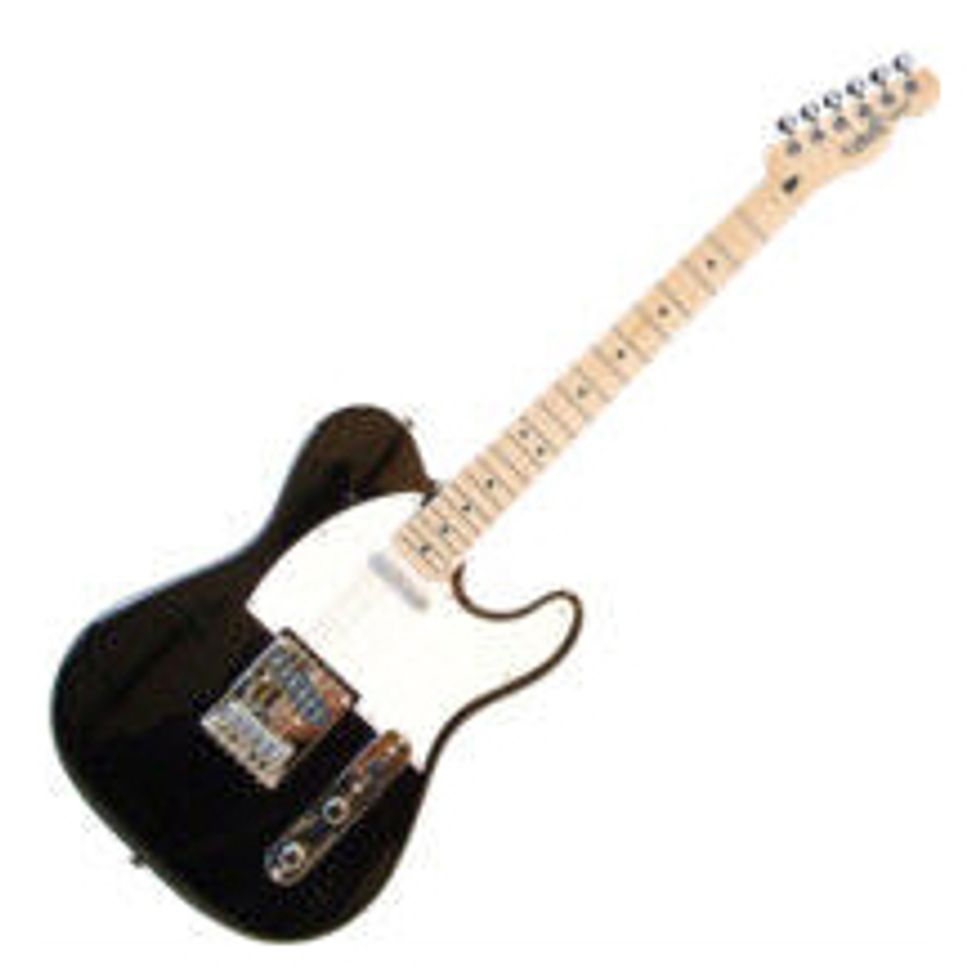
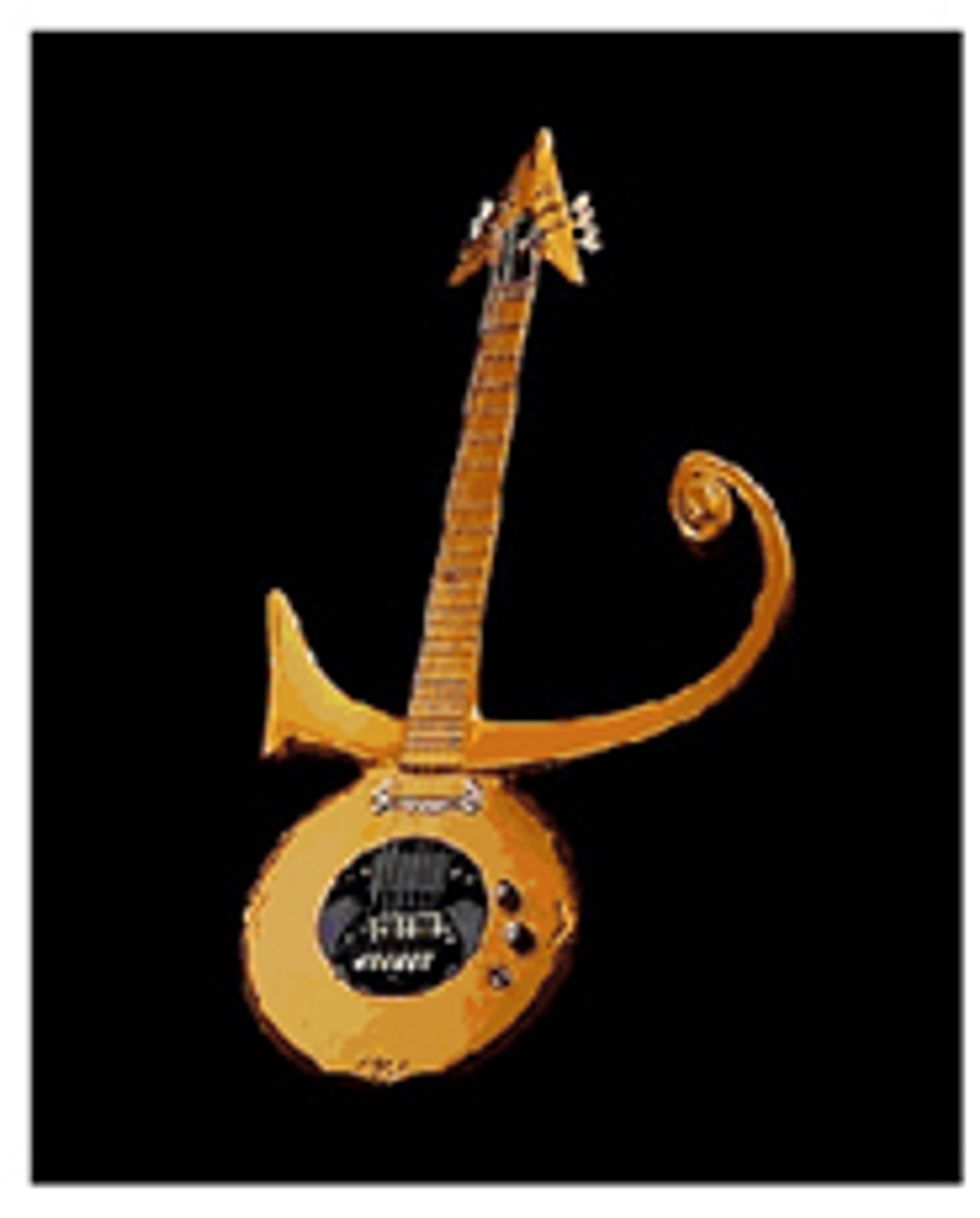
Function
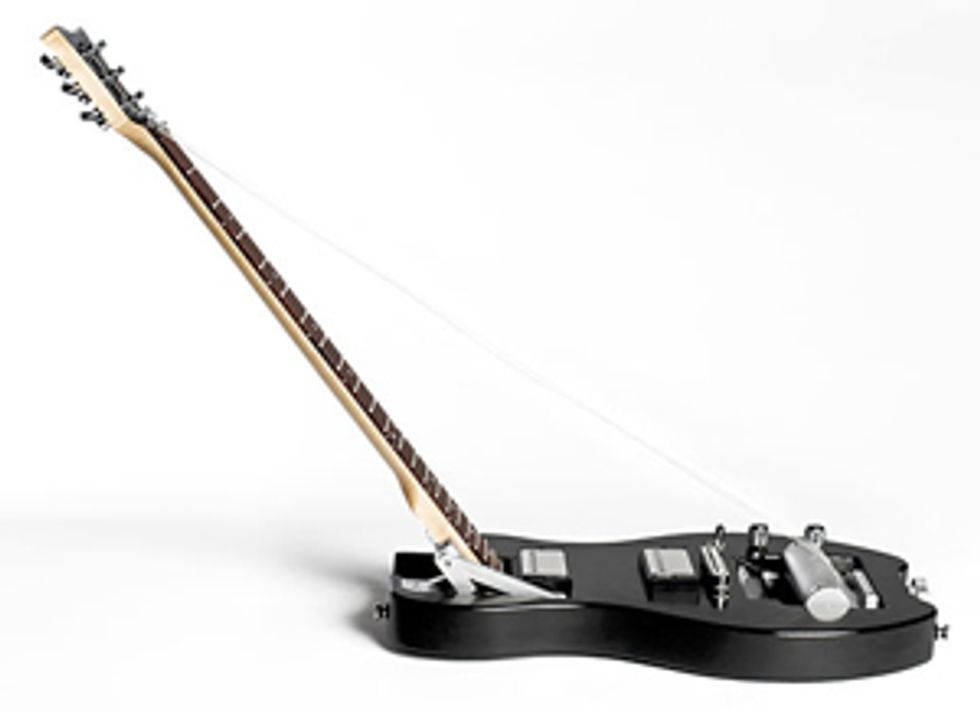
Its ability to stay in tune and sustain a note like a solidbody should raise immediate questions but Johansson claims his guitar can do both.
The folding design has been attempted by more guitar manufacturers than are willing to admit it. Achieving the functions of being both a playable, good-sounding guitar and a portable guitar is no easy task, but Johansson might be on to something. He has improved his design many times and the end result is getting a lot of publicity, especially with high-end gadget sites like Gizmodo and coolest-gadgets.com.
The big question is whether a guitar that folds in half can pass muster with serious guitarists who value tone over a clever idea. For $3370, you can buy one and find out yourself.
For more information:
National Design Awards – People’s Design Award
The De Villain



